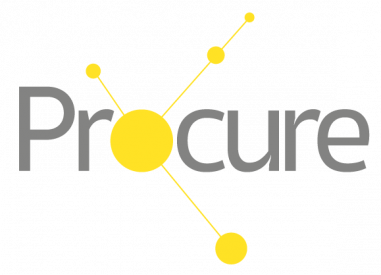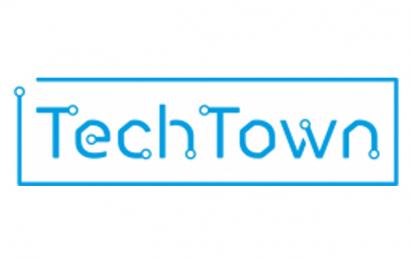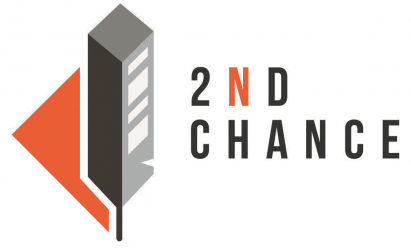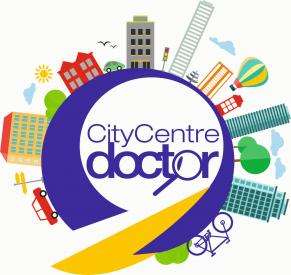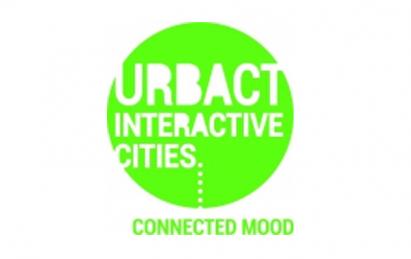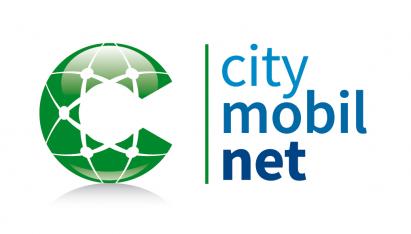This Action Planning network created strategic plans to enhance the competitiveness of small and/or independent retail businesses, considering them a key economic driver. The project’s scope of work includes areas such as regulation, employment, urban planning, managing public spaces, mobility, cultural and creative industries and citizens participation. The multi-stakeholder approach brings together public sector, private sector, retailers and major commercial operators, consumers or cultural and creative industries.

